Women’s equality. LGBTQ rights. Gun control. Road safety. Emotional support animals.
There are a lot of causes out there today – some serious, some light, all worthy.

Source
Brands need a purpose, and that purpose has to be more than increasing the bottom line.
But how do you know which hot button topics to get involved with, or which lowkey issues will still impact your audience?
Let’s go over some do’s and don’ts of activism marketing on social media, with examples from the best activist brands that are getting it right.
First, though, a brief overview of brand activism.
What is Brand Activism?
Brand activism is when brands show their support for a cause.
The cause may be flying under the radar and need more attention, or it may be being talked about everywhere. It may be local or global. It may impact the brand’s audience or its employees.
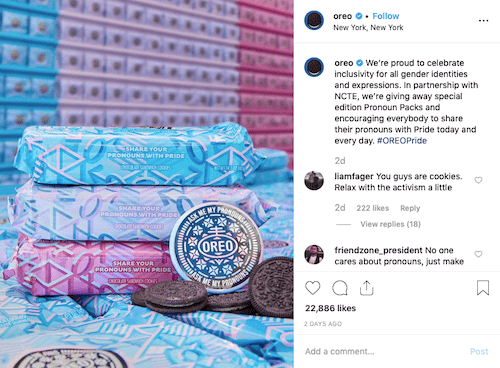
The brand may sponsor a community event, like a Pride parade. They may create cause-themed merchandise, like cookies, t-shirts or limited edition products. They may host events, match donations dollar-for-dollar or come up with a new hashtag.
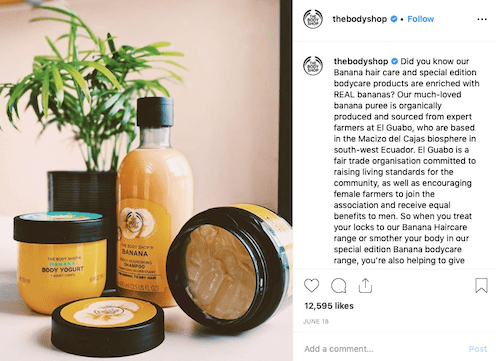
The problem is that some brands only show up when a cause is trending, like during Pride Month, for example. This isn’t true support; it’s limited-time support. It’s often for the sake of making a buck instead of actually showing concern and patronage for the cause.
Brand activism fail.
Real vs. Fake Brand Activism in 2020
The best activist brands don’t pretend to be activists in order to capitalize on, and take advantage of, our socially-conscious society. That’s not authentic or respectable, and while it may work in the short term, it could blow up in your face in the long term.
You know how when you’re desperate, other people can sense it? The same goes for faux support. Consumers know when you’re authentic and when you’re just putting on a show.
If you can’t genuinely get behind a cause, don’t get behind it at all.

Wait until you find a cause you believe in and can actively participate in. Superficial support is unwanted.
No cause or community wants attention because it’s trendy to do so. That’s called exploitation, not activism.
Being a supporter is about being a supporter always, regardless of if it will earn you money or not. You have to be an activist even when financial gain won’t follow. Activism is quiet and understated sometimes.
12 Ways to Win at Social Media Brand Activism in 2020
Social media is a fantastic tool for communicating your activism with audiences. You can also chime in when you don’t agree, especially if someone is publicly using your brand name to promote a cause you don’t actually support.

Source
Here’s how to master true brand activism in 2020.
1) Find a cause that you can get behind every single day.
Some brands create products or services that appeal to specific causes. Instead of being activists some of the time, they’re able to incorporate their efforts into their normal branding because it’s simply part of the company.
Herbal Essences does this as a cruelty-free brand:
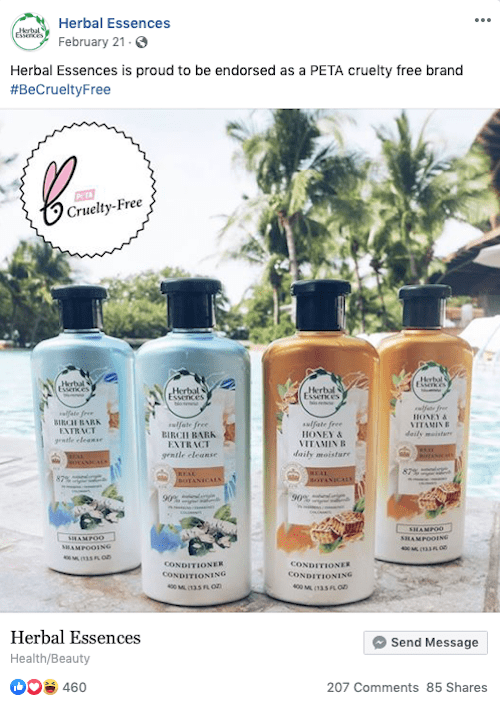
Nike does this, too, in a more general way – the cause is greatness, fitness and doing things you never thought possible. It’s interwoven with every part of their company and every piece of content they post on social media. Look at their tagline on their Instagram profile:

While they support athletes of all genders, they do focus on female athletes at times:

2) Explore causes that are relevant to your specific community.
“Your community” can be your target audience and/or your local community. Also, think about who you’d like to welcome as customers. Would you like more female customers, more senior citizens, more of the disabled population? Seek out causes that support them and then stay active year-round.
Airbnb created an IGTV video about one of their hosts, who created an eco-conscious home in the rainforest.
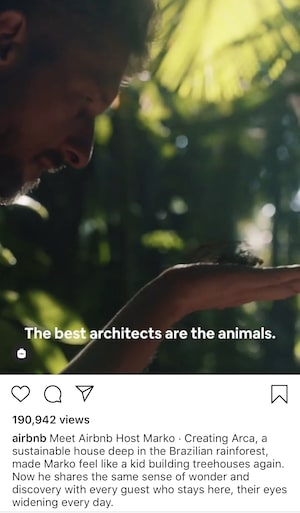
This is the perfect type of cause to get behind for Airbnb. It expertly blends eco-consciousness with travel and Airbnb’s offerings. Plus, millennials are eco-conscious and frequent travelers, so it will appeal specifically to that demographic.
3) Promote a cause that’s close to home.
What specifically is your brand impacted by? Who are your customers, your employees or both? How can you combine that with a widespread cause?
Lyft did this perfectly on Twitter:
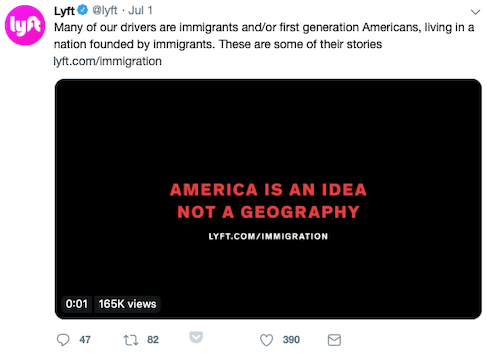
What’s also great about this Tweet is that it was posted on July 1st, when many other brands had taken a social media break from activism post-Pride Month.
The point is that brands and their activism don’t have to be mutually exclusive. The best and most believable activism combines what a brand does with what they stand for:
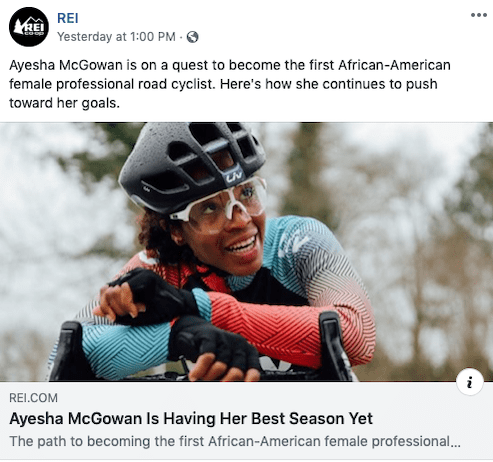
4) Pick a cause that every human cares about.
Not sure what cause to promote? Choose one that’s far-reaching. It’s pretty hard to argue with something like this:

5) Don’t be an activist just sometimes.
t’s easy to get on board with a cause when it’s trending, just like it’s easy to be kind to others and give thoughtful (viagrageneric) presents at Christmas.
If your brand is unaware the rest of the year, though, who will care when you do something right?
Don’t get yourself on the brand activism naughty list. Instead, build long-term relationships with your customers as well as the causes you get behind.
Pantene is an excellent example of this. Let’s take a look at their Twitter account. At first, it seems easy for them to be activists during June because it’s also Pride Month and promoting beauty in the LGBTQ community is a strategy that makes sense.


I wondered if they were just as active the rest of the year, though – in this cause or any cause. So I scrolled.
In May, they promoted their S.H.E. Chrome extension, which stands for Search Human Equalizer.

Their Instagram Stories, which are now permanently featured on their Instagram profile, described what this extension does:

It’s a little difficult to understand when it’s not in practice, so here’s an example. I searched for “greatest writers” in Google on Safari. These were the results:
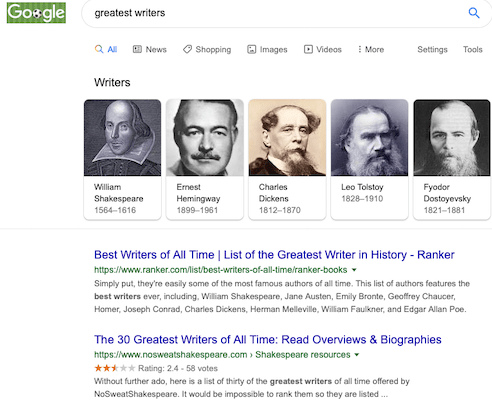
These were the results when I searched after installing the S.H.E. extension:
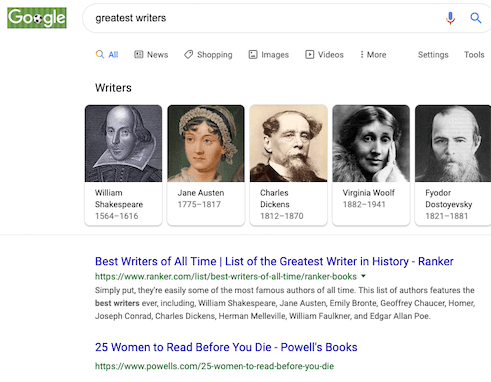
There are now women writers in both the image results and the page results.
This is great. In addition to being innovative, Pantene has proven to be supportive of causes outside of Pride month. (You can keep scrolling, too – they’re frequent supporters of a number of causes, and their support gets a lot of media coverage.)
Plus, it’s interactive. If the goal is to encourage people to participate, then give them a way to participate.
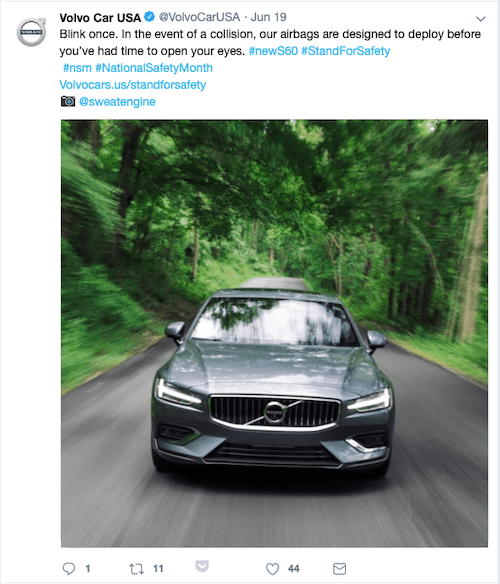
7) Do something for nothing.
For National Single Parents Day, Yoplait surprised single parents at checkout with free groceries – not just free Yoplait, free whatever-they-bought. They created a video to show the impact this had on the parents and their kids.
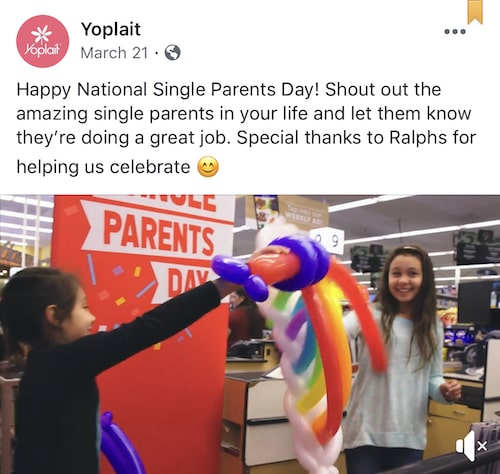
It’s touching and heartfelt, and a reminder that giving (and giving more than you have to) is a must if you’re going to support any cause.
Starbucks generously gave, too, by matching Born This Way Foundation donations up to $250K during the month of June.
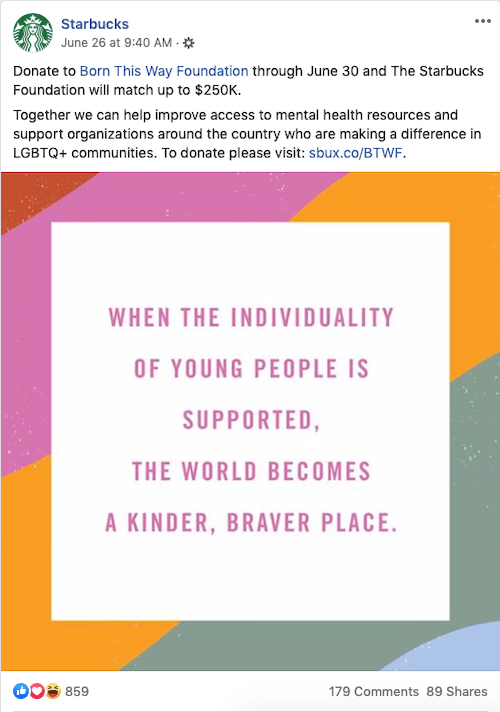
8) Do something that’s actually useful.
The best part of Yoplait’s grocery giveaway was that it’s incredibly useful for parents. Tide did something similar when they washed clothes for free with the help of their mobile laundromat:

Their Loads of Hope program has been operating since Hurricane Katrina to provide clean laundry for families and individuals who are living amongst chaos following a disaster.
9) Team up with other do-gooder companies.
When you can partner with other causes or organizations, you can reach more people with your message. Procter & Gamble works with TerraCycle to recycle used grooming product parts, like razor blades.
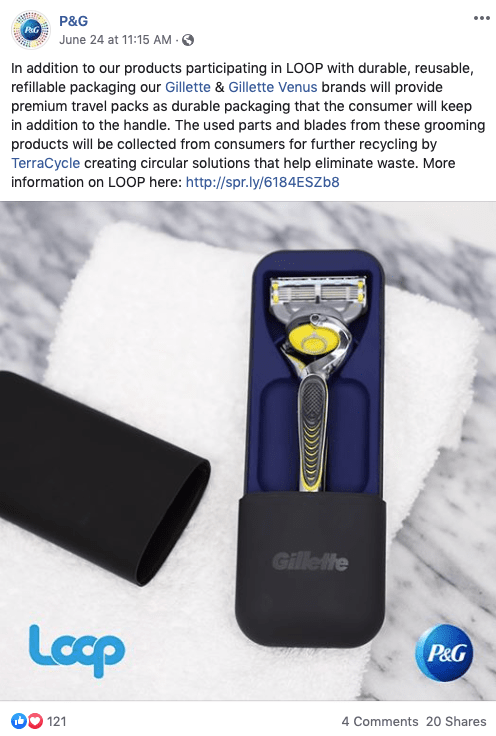
It’s worth a spin through P&G’s Facebook, too – they get behind a lot of causes and go beyond simply saying, “Hey, we support this.” They also team up with influencers, create quality videos and show up at events.
10) Don’t do what every other brand does.
Oh, you’ve turned your logo into a rainbow to celebrate Pride? It’s October, so now your logo’s pink now for Breast Cancer Awareness?

Look, that’s fine if you’re truly going to offer a lot of support for the cause, but if that’s the only effort you’re making, don’t bother.
11) Stand up for what you believe in, even if that means speaking out against your customers.
Ben & Jerry’s did a great job at supporting LGBTQ rights and marriage. First, they changed the name of one of their popular ice cream flavors:

Then, when they found out that Australia didn’t legalize same-sex marriage, they wouldn’t sell double scoops of the same flavor in Australian stores.
Apparently, you don’t wanna mess with Ben or Jerry.
One note, though: Ben & Jerry’s handled this situation well, but that’s because it was well-planned and thought out.
You don’t want to jump into a hot button debate too fast. You’re still a professional brand and your actions and reactions have to be representative of that. You don’t want to end up insulting or offending people.
12) It’s okay to say “no” to some causes.
You have to decide what you want to act on, which may exclude other causes that are important to you but not a top priority. That’s okay. It’s better to be all-in on one cause than half-committed to several.

What is it that you can stay passionate about? Put your focus there.
So, What’s Our Final Verdict On Brand Activism in 2020?
There are a million causes out there to choose from and 10x that many ways to get involved. Instead of spreading yourself thin, put a lot of thought into the causes you back. Find ways to support them that are reasonable for your company (a startup with a tiny budget can’t match donations) and that will touch and engage your audience.
What’s so great about social media brand activism in 2020 is that it can spread the word using whatever budget you’re working with.



